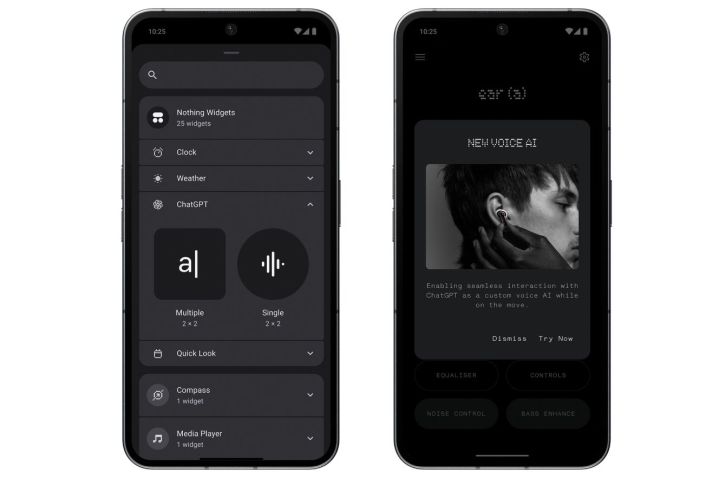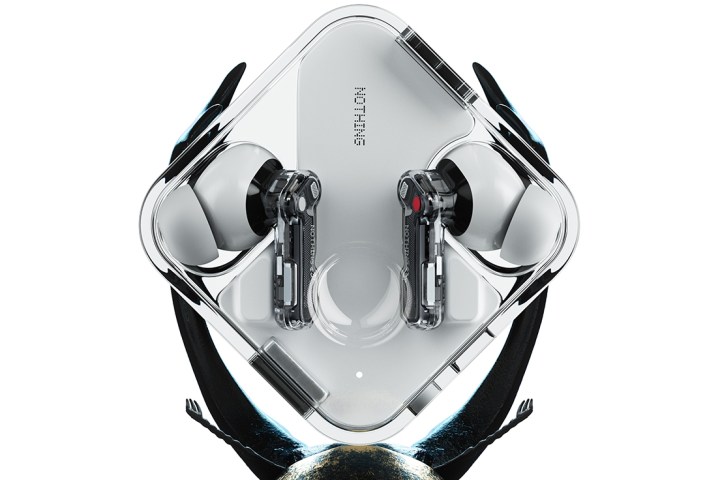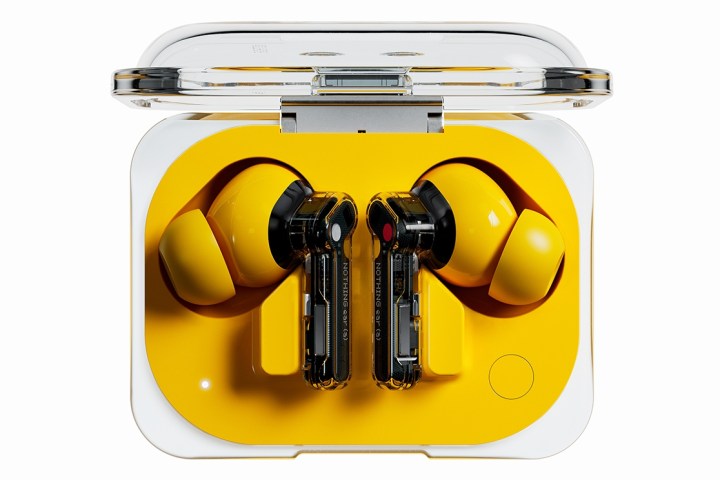
Niche smartphone company Nothing has two new sets of wireless earbuds that go after Apple’s AirPods Pro in more ways than one. The Nothing Ear ($149) and Nothing Ear (a) ($99) both offer noise cancellation, hi-res audio, and tight integration with Nothing’s phones, but they also provide pinch-to-speak access to ChatGPT, arguably the most popular AI service in the world.
That’s a full-frontal assault on the three major voice assistants that currently dominate on smartphones: Siri, Google Assistant, and Alexa. These assistants are very capable when it comes to simple voice commands like pausing your music or asking about the weather, but they haven’t kept pace with Open AI’s ChatGPT, which offers more sophisticated tasks and turn-based conversations.
If Nothing’s implementation of ChatGPT on its phones and wireless earbuds proves successful, it could usher in a new era of convenience.

Both models are available for preorder starting April 18 and will be generally available on April 22.
Apart from the ChatGPT integration — which requires a smartphone running Nothing OS — the Nothing Ear and Ear (a) appear to be fairly straightforward generational improvements on the company’s previous wireless earbuds.

The Nothing Ear, which comes in white or black and looks very similar to the Ear (2), is targeted at audiophiles, according to the company, and it supports both LHDC and LDAC Bluetooth codecs. These can, in theory, offer up to 24-bit/96kHz (LDAC) or 24-bit/192kHz (LHDC) hi-res audio if your Bluetooth connection is strong enough (and if your phone supports these codecs).
A new set of 11mm drivers and an improved acoustic design should deliver clearer sound versus Nothing’s Ear (2) model. Rounding out its audiophile chops are an advanced equalizer and personalized listening profiles within the Nothing X app.
Nothing says that active noise cancellation (ANC) is also improved, thanks to new algorithms that can check (and make accommodations for) sound leakage between the silicone eartips and your ear canal. The ANC itself is adaptive to your surroundings and can cancel almost twice as much noise as the Ear’s predecessors, according to the company.
Additional improvements have been made to call quality, and the earbuds are said to last for 8.5 hours on a single charge with ANC turned off. When you include the case, which can fast-charge wirelessly, total listening time jumps to 40.5 hours. A low-latency mode will give gamers faster audio feedback and Bluetooth Multipoint lets you connect to two devices simultaneously.

The Ear (a) are for those who simply want a good set of daily-wear wireless earbuds. In addition to the usual white and black options, you can also buy them in a vibrant yellow.
Like the Ear, they support hi-res audio, but only via the LDAC codec. They share the same advanced adaptive ANC as the Ear and Nothing says the Ear (a)’s new drivers deliver 2.5 times “more transient power” for more powerful bass. I’m not sure what to make of that as transients and bass in audio aren’t necessarily connected to each other.
Battery life is a claimed 9.5 hours with ANC turned off and up to 42.5 hours with the charging case, which only offers wired charging. Like the Ear, you also get Bluetooth Multipoint.



